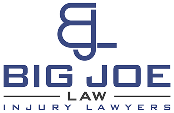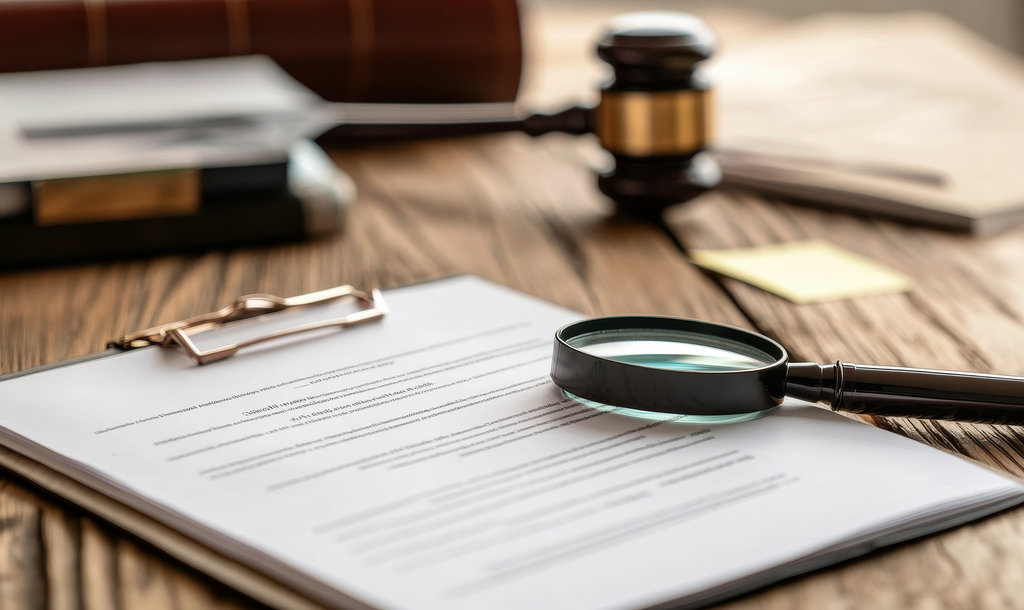Personal injury law centers on proving negligence, which requires demonstrating four essential elements: a duty of care, a breach of that duty, causation, and resulting damages. These components form the foundation of most personal injury claims and determine whether you can recover compensation for your injuries. Without all four elements present in your case, it becomes difficult to hold another party legally responsible for the harm they caused.
We understand how overwhelming legal concepts can feel when you’re dealing with an injury. At Big Joe Law, we break down complex legal principles into terms you can understand, helping you navigate your personal injury claim with confidence. Our team has secured significant settlements, including awards of $2,750,000, $2,250,000, and $350,000 for our clients by thoroughly proving each element of negligence.
The First Element: Duty of Care
Duty of care establishes the legal obligation one person has toward another to act reasonably and avoid causing harm. This duty varies depending on the relationship between parties and the specific situation. For example, drivers have a duty to operate their vehicles safely and follow traffic laws. Property owners must maintain their premises in a reasonably safe condition for visitors. Medical professionals owe patients a duty to provide care that meets accepted medical standards.
The scope of duty depends on what a reasonable person would do in similar circumstances. Courts consider factors like the foreseeability of harm and the relationship between the parties. A store owner has a duty to clean up spills promptly because it’s foreseeable that customers might slip and fall. However, this same store owner typically wouldn’t have a duty to prevent crimes in the parking lot unless they knew of specific risks.
Common Examples of Duty of Care
Different relationships create different levels of duty. Doctors must provide competent medical care, while teachers have a duty to supervise students appropriately. Manufacturers owe consumers a duty to create safe products with adequate warnings. Even social hosts may have duties regarding alcohol service in certain situations.
The Second Element: Breach of Duty
Breach of duty occurs when someone fails to meet their legal obligation to act reasonably. This element requires showing the defendant’s conduct fell below the standard expected of a reasonable person in similar circumstances. The key question becomes whether the defendant acted as a prudent person would have under the same conditions.
Courts often use the “reasonable person” standard to evaluate whether a breach occurred. This hypothetical person exercises ordinary care and judgment in their actions. If the defendant’s behavior didn’t match what a reasonable person would have done, a breach likely occurred. For instance, texting while driving clearly breaches the duty to operate a vehicle safely because no reasonable driver would engage in this dangerous behavior.
Breach can result from action or inaction. A driver who speeds through a red light commits an active breach, while a property owner who fails to repair a broken staircase commits a passive breach through negligence.
The Third Element: Causation
Causation links the defendant’s breach of duty to your injuries through two distinct requirements: factual causation and legal causation. Factual causation asks whether the breach actually caused your harm, often called the “but for” test. Legal causation, also known as proximate cause, examines whether the consequences were foreseeable and not too remote from the defendant’s actions.
Factual causation requires proving your injury wouldn’t have occurred without the defendant’s breach. If a drunk driver runs a red light and hits you, the factual causation is clear – but for their breach of driving safely, the collision wouldn’t have happened. However, if you were already injured from an earlier accident, establishing causation becomes more complex.
The Fourth Element: Damages
Damages represent the actual harm you suffered because of the defendant’s negligence. Without real injuries or losses, you cannot recover compensation even if the other three elements are clearly present. Damages can include medical expenses, lost wages, property damage, pain and suffering, and other economic and non-economic losses.
Economic damages cover quantifiable financial losses like medical bills, rehabilitation costs, and lost income from missed work. Non-economic damages compensate for intangible harms such as pain, suffering, emotional distress, and loss of enjoyment of life. In some cases, punitive damages may be available if the defendant’s conduct was particularly egregious.
You must prove your damages through documentation and evidence. Medical records establish the extent of your injuries, while pay stubs and tax returns demonstrate lost income. The more thoroughly you document your losses, the stronger your damage claim becomes.
Get the Legal Support You Deserve
Proving negligence requires more than understanding these four elements – it demands thorough investigation, evidence gathering, and persuasive legal arguments. We bring over twenty years of experience helping clients navigate complex personal injury claims and secure the compensation they deserve. Our track record of substantial settlements demonstrates our ability to prove each element of negligence effectively, even in challenging cases.
When insurance companies try to minimize your claim or deny liability altogether, you need an advocate who understands how to build compelling negligence cases. Contact Big Joe Law today at (818) 821-0026 or through our contact form to discuss your case and learn how we can help you pursue the compensation you deserve.

